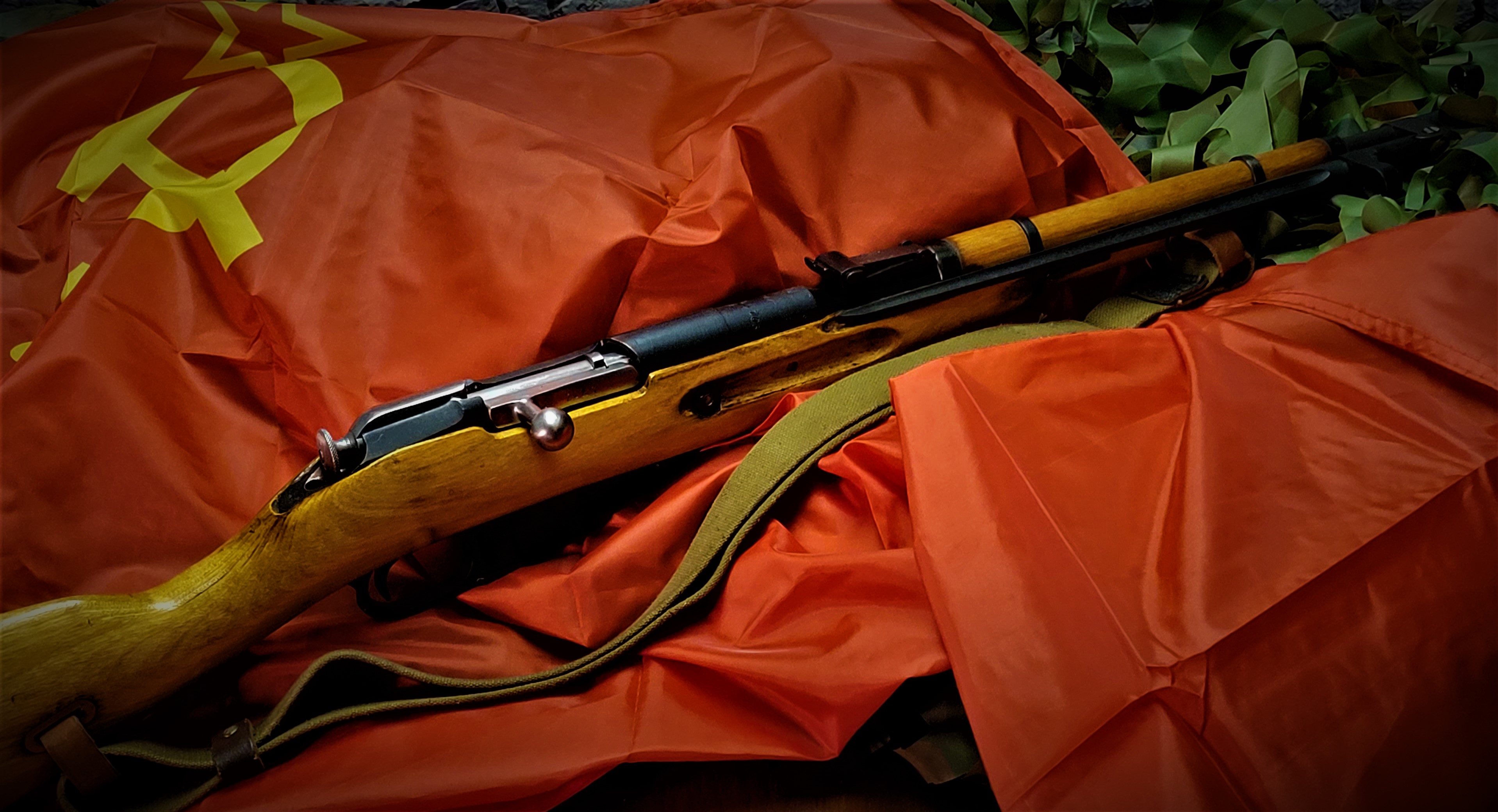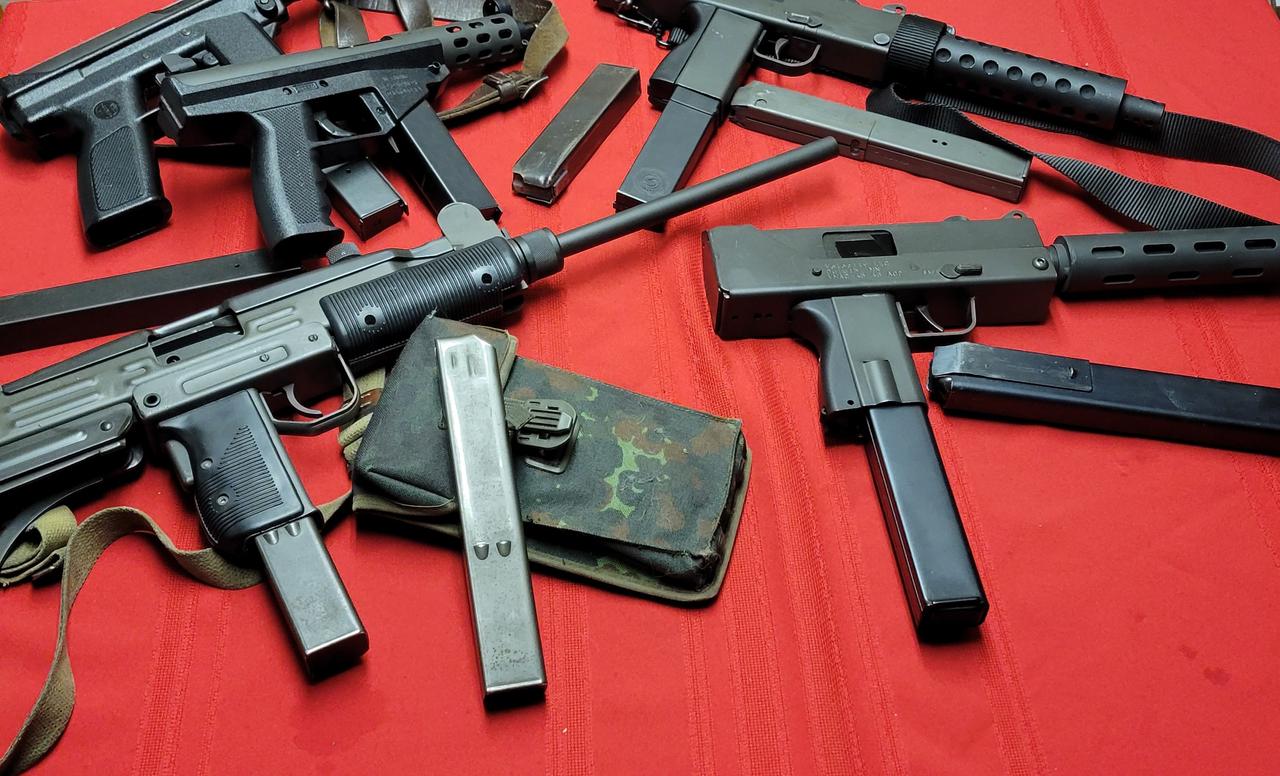
The German Empire came into existence in 1871, following the Prussian victory in the Franco-Prussian war, and then ceased to exist in 1918 with the defeat of the Central Powers in World War I. Of course, the German Empire didn't come from nothing; the heart of the Empire was the Kingdom of Prussia, whose arms and doctrine over the 18th and 19th centuries foreshadows the course of the empire. Similarly, the collapse of the empire merely transitioned to the Weimar Republic, and subsequently the Nazi Reich and then the modern German Republic. In the early 19th century the rise in German Nationalism began pushing the patchwork of independent kingdoms, Prussia, Saxony, Baden, Wurttemberg, Bavaria, among others, relics of the aftermath of the 30 years war 2 centuries earlier, towards greater integration under the Hohenzollern family who ruled Prussia. The biggest barrier to unification was other powers which claimed parts of the prospective German super-state, including France and Denmark, as well as Austria (another presumptive part of the empire, as Austria is German and very important historically to the German kingdoms) already being the seat of the sizable empire of the Habsburgs.
Read more…











